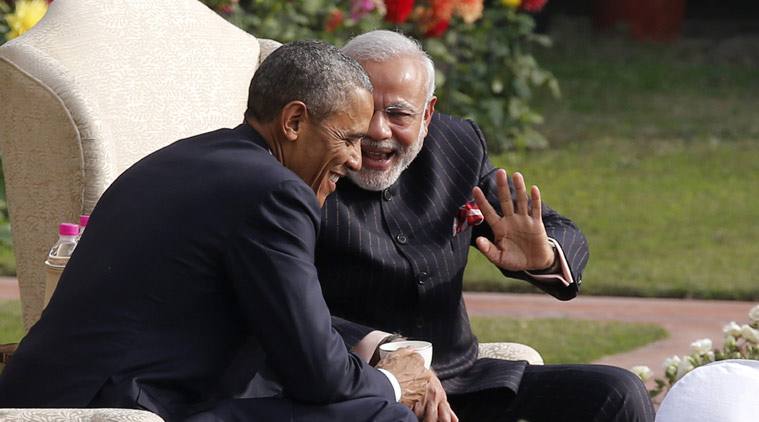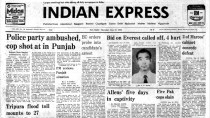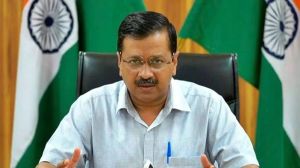- India
- International
Ten years after
Full potential of India-US nuclear cooperation has not been realised. But bilateral ties have been transformed.
 Prime Minister Narendra Modi with US President Barack Obama.
Prime Minister Narendra Modi with US President Barack Obama.
In July 2005, then Prime Minister Manmohan Singh and George W. Bush, the then US president, made an astonishing announcement from the White House Rose Garden lawns: that “the United States [would] work with friends and allies to adjust international regimes to enable full civil nuclear energy cooperation and trade with India”. Thus ended years of isolation for the latter after sanctions followed its nuclear tests in 1974 and 1998. That moment marked a paradigm shift from the hitherto distant and cold, if civil, relationship between the two biggest democracies in the world. India was no longer a “nuclear pariah”, a 30-year American moratorium on nuclear trade with India was lifted, and a thaw followed.
Although the civil nuclear agreement in itself has encountered many hurdles in the decade since and, as sceptics note, has not resulted in a single commercial nuclear transaction between India and the US, it should still be credited with transforming relations between New Delhi and Washington. For Delhi, the deep mistrust of the US built-up over the Cold War and resentment over the imposition of sanctions — which intensified after the 1998 tests — started to give way to ever-expanding areas of cooperation. For Washington, the deal was an acknowledgement of India’s ambitions on the international stage and a recognition of its ability to act as a responsible regional and global power.
That injection of warmth enabled both countries to move from estrangement to engagement, and to lay the ground to build a substantially broader partnership. For instance, the US is now India’s largest trade partner in goods and services. It has also become a major supplier of defence equipment to India, and cooperation on counter-terrorism activities and intelligence-sharing has rapidly expanded.
Still, there has been a persistent and not entirely misplaced sense that the benefits of the deal were oversold both in the US and India, and that the great reset in ties signalled by the nuclear deal has plateaued. The roadblocks it has run into are symbolic of all the continuing disappointment in bilateral relations — the inability, and perhaps reluctance, of the two bureaucracies to translate the vision of their topmost political leaders into concrete results. The perception that the relationship had atrophied over the late 2000s and early 2010s was compounded by clashes over global trade, climate change, Iran and Russia, with renewed frostiness creeping in after the diplomatic brouhaha over Devyani Khobragade. But the Narendra Modi government has moved to address the drift, and
the Barack Obama administration has responded. While old irritants remain, the possibilities opened up by the nuclear deal for long-term pragmatic cooperation must not be frittered away.
EXPRESS OPINION
More Explained
May 17: Latest News
- 01
- 02
- 03
- 04
- 05
































